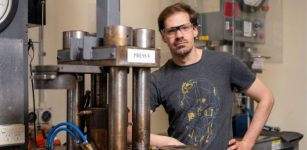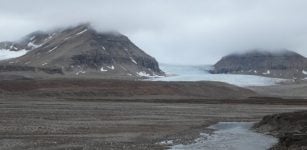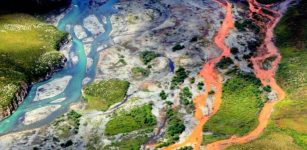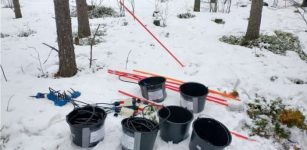Black Carbon In Fire Clouds Developing From High-Intensity Wildfires – Study
Eddie Gonzales Jr. – MessageToEagle.com – Large-scale wildfires are increasing in our warming world. These fires emit black carbon, a potent short-term atmospheric warming agent due to its strong sunlight absorption.
High intensity wildfires can produce pyrocumulonimbus (pyroCb) clouds (pictured here) that contain black carbon particles, a potent climate warming agent. Credit: 2024 UCAR
Scientists still lack a clear understanding of how black carbon in fire clouds from intense wildfires affects atmospheric warming.
Extreme wildfire clouds can inject smoke into the upper atmosphere, affecting stratospheric temperatures and composition for months.
The research was led by Rajan Chakrabarty, a professor in WashU’s McKelvey School of Engineering and his former student Payton Beeler, now a Linus Pauling distinguished post-doctoral fellow at Pacific Northwest National Laboratory.
“This work addresses a key challenge in quantifying black carbon’s radiative effect in the upper atmosphere,” Chakrabarty said in a press release.
“We analyzed the size and shape of each black carbon particle to accurately estimate its solar absorption. We found that a pyroCb black carbon particle absorbs twice as much visible sunlight as a new particle from smaller fires and urban sources.”
The team made airborne measurements from within the upper portion of an active pyroCb thunderstorm in Washington state as part of the 2019 NOAA/NASA Fire Influence on Regional to Global Environments and Air Quality (FIREX-AQ) field campaign, he added.
In their research, the authors combined black carbon mass measurements and organic coating thickness on individual particles with a single-particle optics model. The team used a particle-resolved model, they calculated black carbon optical properties and quantified light absorption, determining the heat contribution to the upper atmosphere.
The study also emphasizes the distinct light absorption properties of black carbon in pyroCbs clouds compared to that from wildfires outside pyroCbs and urban sources.
Black carbon from recent pyroCb events in Canada and Australia has circled the globe, lasting for months and affecting climate patterns and energy balance across large areas.
These thunderstorms are deemed responsible for 10% to 25% of the black carbon in the present day lower stratosphere, with impacts extending to both the Northern and Southern Hemispheres. Scientists are increasingly observing how much it impacts the climate, but there is more to learn.
Written by Eddie Gonzales Jr. – MessageToEagle.com Staff Writer











